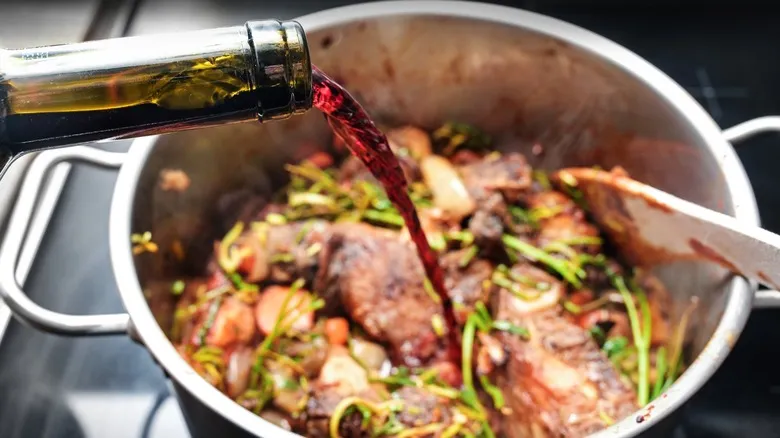The ins and outs of cooking with wine
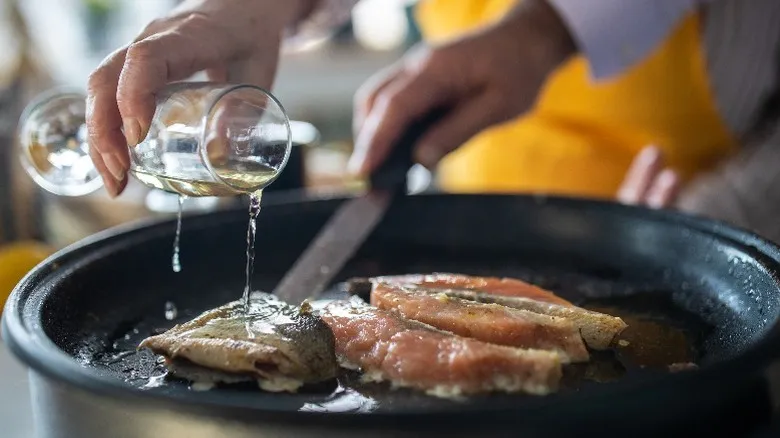
Wine is a delicious option for deglazing a pan or creating a rich reduction sauce. A sweet riesling brings a subtle sweetness to fresh mussels, while a robust red wine is ideal for a savory beef bourguignon. However, you don’t need to spend a fortune. Standard cooking wine can be found for about $4 for 13 ounces. That seems affordable, but a reputable brand like Kendall-Jackson is available at Walmart for around $12 for 750 milliliters (approximately 25 ounces), which is less than 20 cents more per ounce.
If you like to cook with wine but don’t want to finish the entire bottle, there are better alternatives to the often salty, overly sweet, and metallic-tasting cooking wine that can be stored in your pantry. You might also consider buying a multipack of smaller bottles, allowing you to open just one at a time. For instance, a four-pack of Sutter Home chardonnay mini-bottles on Amazon is actually more economical per ounce than the cooking wine at Walmart. Plus, when stored properly, unopened white wine can last one to three years, while red wine can last up to ten years. This shelf life is comparable to cooking wine, which can last three to five years when stored correctly due to its preservatives. With some smart tips for saving on wine, you can stock your pantry with the essentials for cooking whenever inspiration strikes.
Recommended

What Company Makes Costco's Kirkland Brand Tequila?
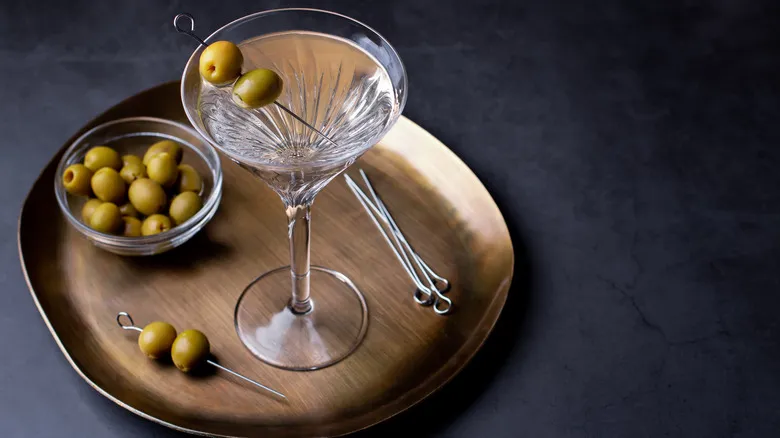
9 Best Gins For Your Dirty Martini, According To The Pros
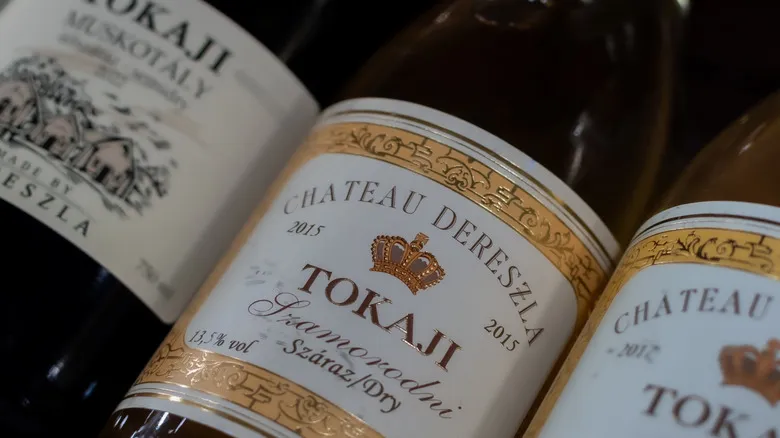
The Only Grape Varieties You Can Use To Make Tokaji Wine
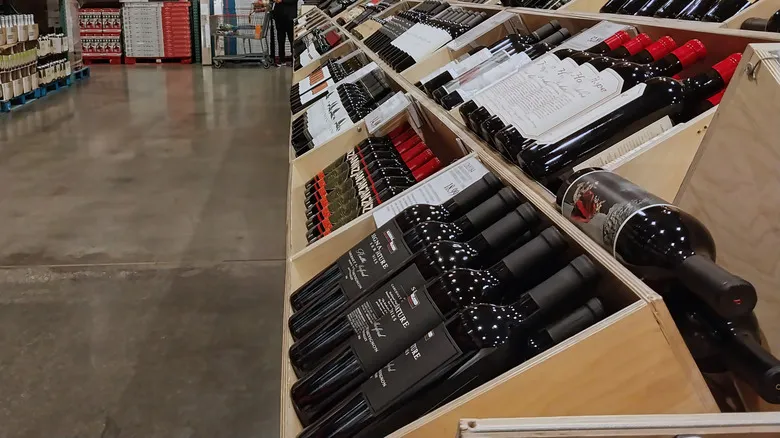
The Costco In California That Sells The Rarest Wines
Next up

